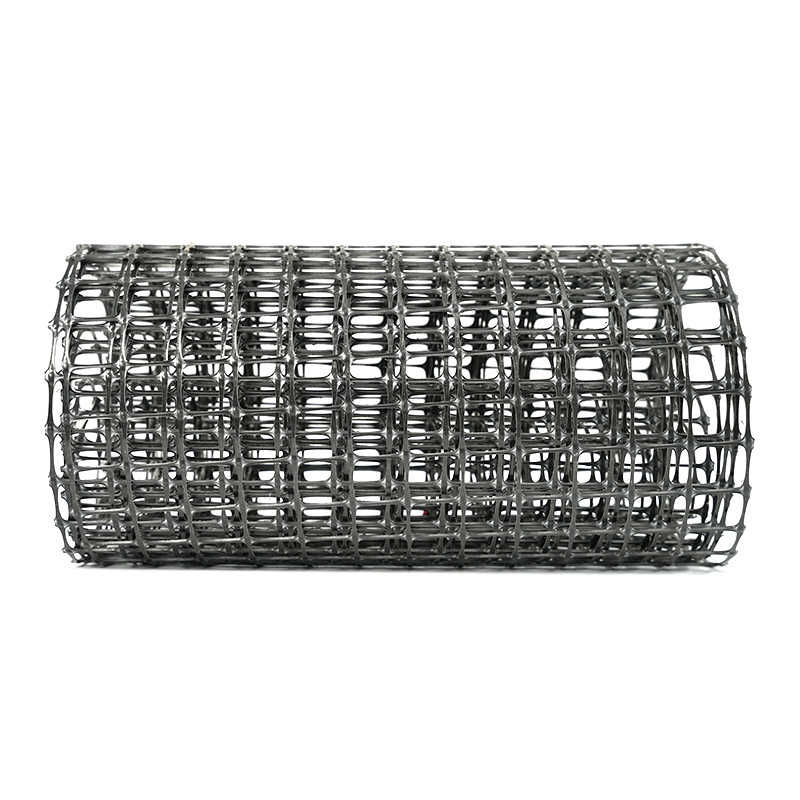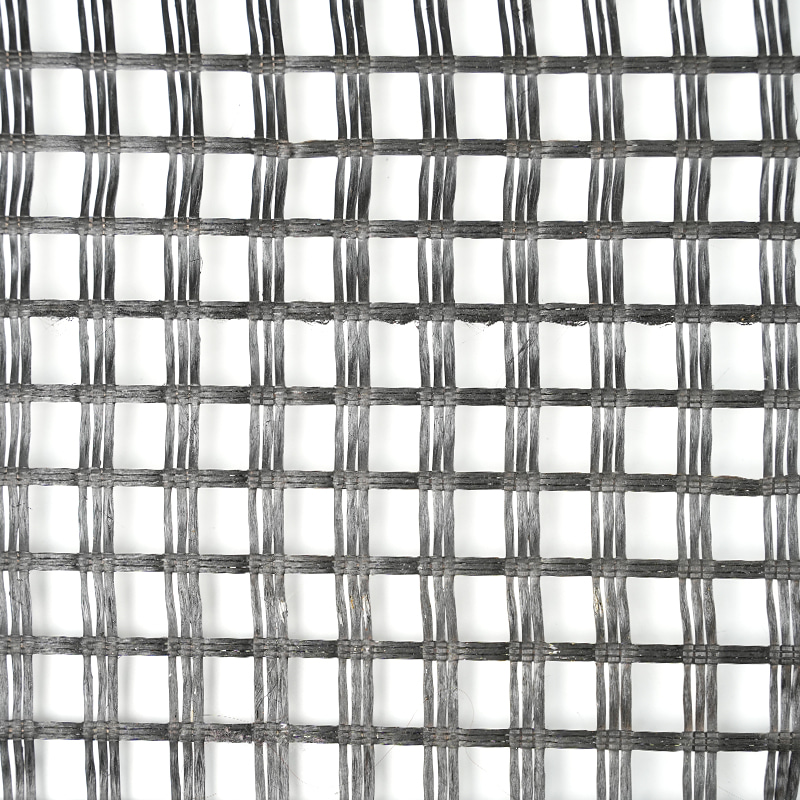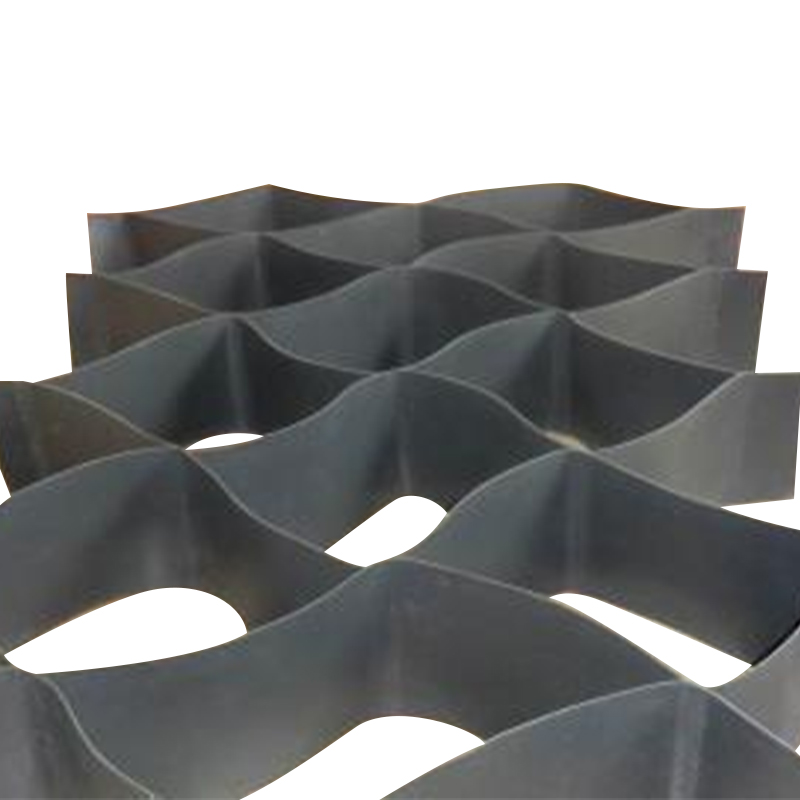Core Functions of a Granulator in Fertilizer Production
A granulator is a key piece of equipment in a fertilizer production line, converting raw material powder into granules. Its main functions include:
1. Powder Melting and Extrusion: The raw material is heated and plasticized by a screw or rotor, then extruded as a continuous strip at the die, achieving uniform melting and forming of the raw material.
2. Particle Size Control: The die orifice diameter and rotation speed determine the particle diameter, enabling the production of fine or coarse granules that meet the formulation requirements, improving the particle size uniformity of the fertilizer.
3. Increased Material Utilization: The granulation process improves the flowability and bulk density of the raw material, reducing waste and increasing overall utilization.
4. Improved Flowability and Storage/Transportation: Granulation significantly enhances the flowability of the fertilizer, facilitating subsequent transportation, storage, and automated packaging, reducing the risk of clumping.
5. Enhanced Product Stability: The granular structure reduces dust generation during fertilizer transportation and use, improving product safety and environmental friendliness.
How to reduce granulator energy consumption through design or operational improvements?
Design and Operational Improvement Measures to Reduce Granulator Energy Consumption
1. Structural and Transmission Optimization
Using a high-efficiency motor with a suitable transmission ratio can significantly reduce power consumption.
Increasing the ring die diameter or adopting a dual-speed transmission can increase unit output while reducing unit energy consumption.
2. Die Head and Speed Design
Selecting an appropriate linear speed (3.5–8.5 m/s) based on raw material characteristics avoids unnecessary energy consumption and particle quality degradation due to excessively high speeds.
Using adjustable dual-speed or variable-speed drives ensures optimal energy efficiency under different operating conditions.
3. Intelligent Control System
Introducing sensors for temperature, pressure, and humidity enables real-time monitoring and automatic adjustment of operating parameters, reducing idling and overheating losses.
Optimizing the process flow through the production management system reduces the proportion of raw material preheating and recirculation, thereby lowering overall energy consumption.
4. Materials and Thermal Management
Using wear-resistant materials with low friction coefficients to manufacture the screw and die reduces mechanical resistance and heat loss.
5. Process Parameter Optimization
Optimize the feed rate and speed to avoid overload, which can cause motor load fluctuations and increased energy consumption.
By optimizing the layout of the screening and conveying systems, reduce the number of times materials circulate within the equipment, thereby reducing pumping and conveying energy consumption.
Content



 中文简体
中文简体 русский
русский عربى
عربى













